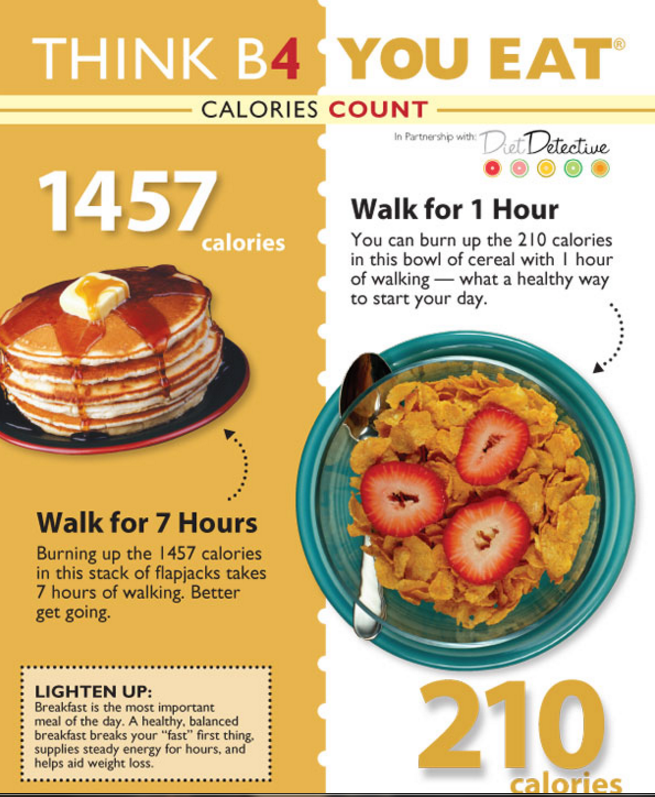
Please check out https://hbr.org/2016/06/resilience-is-about-how-you-recharge-not-how-you-endure. With semester break looming, this may be a topic to consider.


Please check out https://hbr.org/2016/06/resilience-is-about-how-you-recharge-not-how-you-endure. With semester break looming, this may be a topic to consider.
Proper-fitting sports shoes can enhance performance and prevent injuries. Follow these fitting facts when purchasing a new pair of athletic shoes.

For additional information see link: http://www.aofas.org/footcaremd/how-to/footwear/Pages/Selecting-Athletic-Shoes.aspx


 People often abandon their workouts when the results — getting stronger or slimmer — begin to dwindle. In most cases, reaching a plateau simply means you’re progressing toward fitness and ready for a new level of workout.
People often abandon their workouts when the results — getting stronger or slimmer — begin to dwindle. In most cases, reaching a plateau simply means you’re progressing toward fitness and ready for a new level of workout.If you’re stuck on a plateau, fitness specialists recommend enhancing your routine 4 ways using the FITT principles — Frequency, Intensity, Time and Type. This strategy can be adopted for cardio exercise and resistance training.
FREQUENCY — how often: Increase the number of your workouts or exercise days. Example: From 4 days to 6 days per week.
INTENSITY — how hard: Increase the difficulty or level at which you exercise. Example: Increase heart rate maximum from 65% to 90% (following the proper exercise heart rate range for your age).
TIME — how long: Increase your minutes per workout. Get a minimum of 150 minutes per week.
TYPE — activity: Change the type of activity (e.g., replace 2 cardio workouts with strength-training or walking outdoors).
The FREQUENCY and TIME of your workouts will be subject to your schedule. But the INTENSITY and TYPEof exercise are only limited by your fitness level and activity preferences.
You can enhance the benefits of cardio exercise (swimming, hiking, etc.) through speed, incline and distance, or by combining activities. Strength-training intensity can be adjusted with changes in weight resistance, number of reps and sets, and more.
Variety is the key to your continued fitness improvement. Every few months, change 1 or more elements of FITT. Take pleasure in performing new moves in new ways. Check with your health care provider for more personalized guidance.
http://www.personalbest.com/PersonalBestHealthlines/ViewArticle.aspx?article=5421